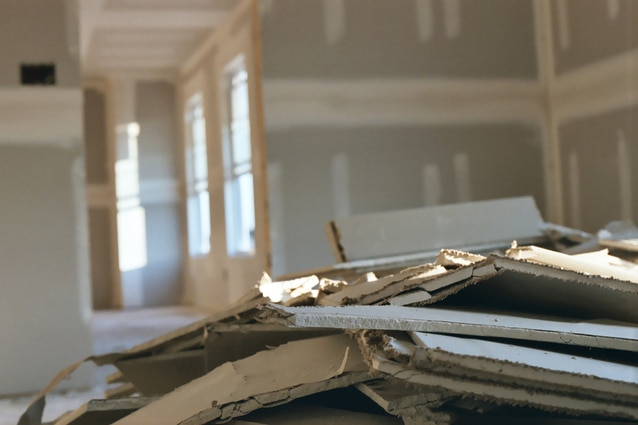 “Do it yourself” (DIY) projects are those that you undertake on your own without the help of experienced professionals. Commonly, a DIY project may include building, repairing, home improvement, or maintenance activities. While this type of project can be enjoyable, cost-effective, and so on, it comes with a risk of exposure to hazardous materials such as asbestos. It is important that you are aware of what you may encounter and know how to handle it. Before you begin a DIY project, incorporate the concept of situational awareness into your safety plan.
“Do it yourself” (DIY) projects are those that you undertake on your own without the help of experienced professionals. Commonly, a DIY project may include building, repairing, home improvement, or maintenance activities. While this type of project can be enjoyable, cost-effective, and so on, it comes with a risk of exposure to hazardous materials such as asbestos. It is important that you are aware of what you may encounter and know how to handle it. Before you begin a DIY project, incorporate the concept of situational awareness into your safety plan.
In the first part of this three-part blog series, Situational Awareness was defined as the concept of knowing and being aware of what is around you. Before you start any project, make a plan that includes situational awareness and our STOP-LOOK-THINK method, which is outlined below:
STOP
Engage your thought process before you act, and evaluate the situation. For example, do not begin to knock down a wall without considering the materials that may be let loose into the air. Is there a chance that asbestos is present? Here are some indicators for identifying possible asbestos in your home:
- Homes built before 1980
- Cement roofing, shingles and siding
- Electrical meters and wiring
- Cement sheeting both internal and external walls
- Pipe insulation
- HVAC insulation
- Vinyl flooring and tile glue/ Mastic
- Linoleum flooring
- Chimney Flues
- Textured ceilings
- Insulation
- Insulation and gaskets on older furnaces
LOOK
Scan the entire space for possible hazards.
- Know how to identify possible asbestos-containing products.
- Are there any noticeably hazardous materials present?
- If you suspect hazardous materials, consult a state EPA certified trained professional for removal.
- Keep a journal and diagram of all possible asbestos-containing materials.
THINK
Consider the consequences of venturing into unsafe conditions and determine the proper safety equipment.
- Understand the consequences of improper asbestos removal and disposal.
- Know the risks that are associated with asbestos exposure, including diseases such as mesothelioma.
- Consider that you are not only putting yourself at risk, but also those nearby or in contact with you.
- Improper disposal or dumping of asbestos products may cause asbestos exposures and disease for decades.
There is nothing more satisfying than sitting back and enjoying the end result of a DIY project. This can be made even more satisfying if you know that the project was completed with ALL of the proper safety measures. Upon project completion, we have our before and after pictures on which to look back, but it is the time between the photos that is truly important. If proper safety measures were not used, the time spent on the project could have negative consequences, notably on your health. Asbestos exposure can ultimately lead to mesothelioma diagnoses if proper care is not taken during projects. This is why we want to focus on preventing asbestos exposure during DIY projects through the use of situational awareness and the STOP-LOOK-THINK method.
If you think a product may contain asbestos, treat it as asbestos until proven otherwise!
Click here to read part one of the situational awareness blog series. To learn more about our prevention program, visit curemeso.org/asbestos.




